Finding the Perfect Mower: Zero-Turn vs. Traditional Riding Mowers
Ever spend an afternoon wrestling your mower around obstacles and longing for a faster way to tame your lawn? You’re not alone. When it comes to maintaining your yard, choosing the right mower can make all the difference.
Two main types of mowers stand out: zero-turn mowers and traditional riding mowers. Zero-turn mowers are celebrated for their exceptional maneuverability, featuring a zero-degree turning radius that allows them to navigate around trees, flower beds, and other obstacles with ease. Traditional riding mowers, on the other hand, are more straightforward machines, designed for comfort and efficiency on large, open lawns.
Selecting the right mower for your lawn depends on your specific needs. Whether you prioritize speed and precision or comfort and simplicity, understanding the strengths of each type can lead to a more enjoyable and efficient mowing experience.
Understanding the Mowers
Zero-Turn Mowers
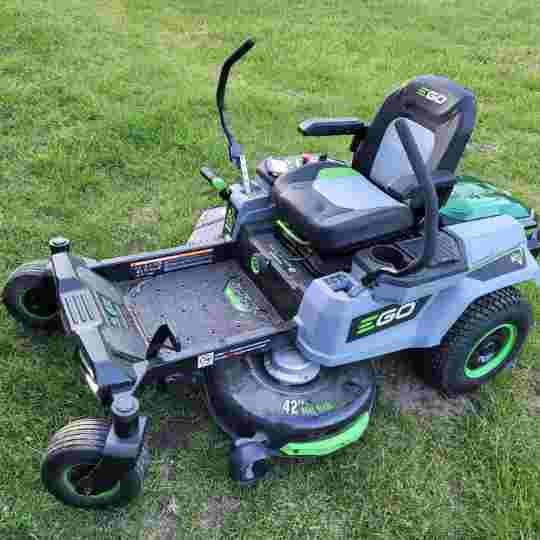
Zero-Turn Concept and Advantage: Zero-turn mowers are designed with a unique turning radius of zero degrees, allowing them to pivot in place. This feature gives them exceptional maneuverability, making it easy to mow around obstacles like trees, flower beds, and garden decorations with precision and efficiency.
Steering Mechanism: The steering of a zero-turn mower is controlled by dual hydrostatic transmissions operated through two levers. Pushing one lever forward while pulling the other back allows the mower to spin on its axis, providing the zero-turn capability. This lever-based system offers more control and agility compared to traditional steering wheels.
Deck Sizes and Horsepower: Zero-turn mowers come in a variety of deck sizes, typically ranging from 42 to 72 inches, catering to different lawn sizes and mowing needs. Their engines usually range from 15 to 27 horsepower, providing ample power to handle thick grass and challenging terrain efficiently.
Understanding the Mower
Traditional Riding Mowers
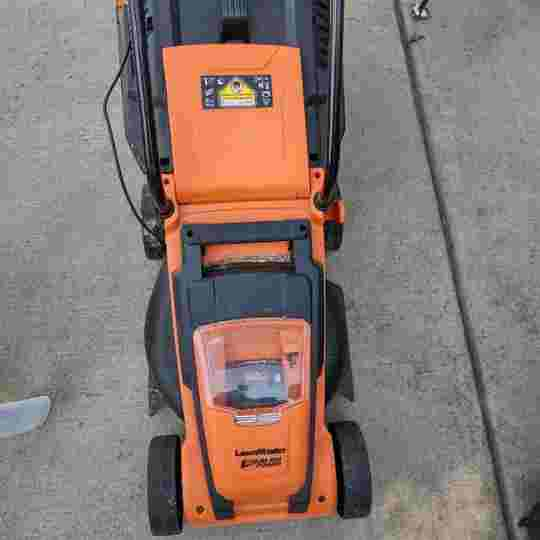
Definition: Traditional riding mowers, often referred to as riding lawn tractors, are designed for comfort and ease of use on larger lawns. These mowers feature a seat for the operator and a steering wheel, similar to a small tractor, making them ideal for extensive, open areas.
Steering Mechanism: The steering mechanism of a traditional riding mower relies on a steering wheel connected to the front wheels. This front-wheel drive system provides straightforward navigation, similar to driving a car, making it user-friendly for those accustomed to standard vehicles.
Deck Sizes and Horsepower: Traditional riding mowers typically come with deck sizes ranging from 30 to 54 inches, suitable for various lawn sizes. Their engines usually offer horsepower between 12 and 25, providing sufficient power to tackle standard mowing tasks efficiently while ensuring a smooth ride over uneven terrain.
Mow Matchup: Choosing the Right Option for Your Needs
Factors to Consider
Lawn Size and Complexity:
- Zero-Turn Mowers: Ideal for larger, more complex lawns. Their superior maneuverability makes them perfect for navigating around trees, flower beds, and other landscaping features.
- Traditional Riding Mowers: Better suited for smaller, simpler lawns. They are effective on open, flat areas where intricate navigation isn’t as necessary.
Terrain:
- Zero-Turn Mowers: While highly maneuverable, they are not always the best on steep slopes or extremely uneven terrain due to their stability concerns.
- Traditional Riding Mowers: Excel on slopes and uneven terrain due to their front-wheel drive and better weight distribution, offering greater stability and control.
Budget:
- Zero-Turn Mowers: Generally more expensive due to their advanced maneuverability and higher performance. Prices can vary widely based on deck size and features.
- Traditional Riding Mowers: Typically more affordable, making them a cost-effective option for those with straightforward mowing needs.
Operator Skill Level:
- Zero-Turn Mowers: Have a steeper learning curve due to their lever-based steering mechanism. It may take some practice to master the precise control required.
- Traditional Riding Mowers: Easier to operate for beginners, as they use a familiar steering wheel setup. They are often more intuitive for those who have driven cars or tractors.
Desired Features: Both zero-turn and traditional riding mowers can come equipped with a variety of additional features to enhance the mowing experience:
- Comfort Seating: Available on both types, providing ergonomic support for longer mowing sessions.
- Cup Holders: Handy for keeping beverages close by, enhancing operator comfort.
- Bagging Capabilities: Both mower types can include bagging attachments for easy grass clippings collection, keeping your lawn tidy.
When choosing between a zero-turn mower and a traditional riding mower, consider these factors to find the best match for your specific lawn care needs.
Additional Considerations
Maneuverability and Speed:
- Zero-Turn Mowers:
- Advantage in Tight Spaces: Zero-turn mowers excel in maneuverability, making them perfect for navigating tight spaces and intricate landscaping. Their zero-degree turning radius allows for precise cuts around obstacles like trees, flower beds, and garden decorations.
- Overall Speed: These mowers generally offer faster mowing speeds, significantly reducing the time needed to cover large areas. They can often mow at speeds up to 8 mph, whereas traditional riding mowers typically top out around 5 mph.
Visibility and Comfort:
- Zero-Turn Mowers:
- Visibility: Provide excellent forward visibility due to their open design and the operator’s elevated seating position. This can enhance precision when mowing around obstacles.
- Comfort Level: Often come with high-back seats and adjustable armrests, offering a comfortable ride. However, the ride might be rougher on uneven terrain due to the design.
- Traditional Riding Mowers:
- Visibility: Offer good visibility, though the front-engine design can slightly obstruct the view directly in front of the mower.
- Comfort Level: Known for their comfortable ride, especially on uneven terrain, thanks to their more stable and cushioned design. Many models include features like cushioned seats and vibration dampeners.
Maintenance Needs:
- Zero-Turn Mowers: Generally require more frequent maintenance due to their complex hydrostatic transmissions and high-performance engines. Keeping the hydraulic system in good condition is crucial for maintaining maneuverability.
- Traditional Riding Mowers: Typically have simpler mechanical systems, making them easier and less costly to maintain. Regular tasks include oil changes, blade sharpening, and checking belts and filters, similar to zero-turn mowers but often less intensive.
The Verdict: It Depends on Your Lawn
Choosing between a zero-turn mower and a traditional riding mower hinges on understanding your lawn’s unique characteristics and your specific needs.
Key Takeaways:
- Lawn Size and Complexity:
- Zero-Turn Mowers excel in large, complex lawns with many obstacles due to their superior maneuverability.
- Traditional Riding Mowers are more suitable for smaller, simpler lawns where ease of use and stability are priorities.
- Terrain:
- Zero-Turn Mowers are ideal for flat, even lawns but may struggle on steep slopes.
- Traditional Riding Mowers offer better performance on uneven terrain and slopes, providing greater stability.
- Budget:
- Zero-Turn Mowers are generally more expensive, reflecting their advanced features and performance.
- Traditional Riding Mowers are typically more affordable, making them a practical choice for those on a budget.
- Operator Skill Level:
- Zero-Turn Mowers have a steeper learning curve but reward experienced users with precision and speed.
- Traditional Riding Mowers are easier to operate, suitable for beginners and those seeking a familiar driving experience.
- Desired Features:
- Both types can include comfort and convenience features like ergonomic seating, cup holders, and bagging capabilities.
Remember, the best choice depends on your lawn’s size, complexity, terrain, and your personal preferences and budget. Consider these factors carefully to select the mower that will best meet your needs and ensure a well-maintained lawn.
Conclusion
Choosing the right mower is crucial for maximizing both efficiency and enjoyment in lawn care. The right mower can make maintaining your lawn a quicker, more pleasant task, allowing you to spend more time enjoying your outdoor space rather than laboring over it.
- Zero-Turn Mowers: Offer unmatched maneuverability and speed, perfect for large, intricate lawns with numerous obstacles.
- Traditional Riding Mowers: Provide stability and ease of use, ideal for smaller, straightforward lawns and uneven terrain.
To make an informed decision, consider consulting with lawn equipment professionals who can provide personalized advice based on your specific lawn and needs. Additionally, online resources and reviews can offer valuable insights and comparisons to guide you in selecting the best mower for your situation. By investing the time to choose the right mower, you’ll ensure a more efficient and enjoyable lawn care experience.

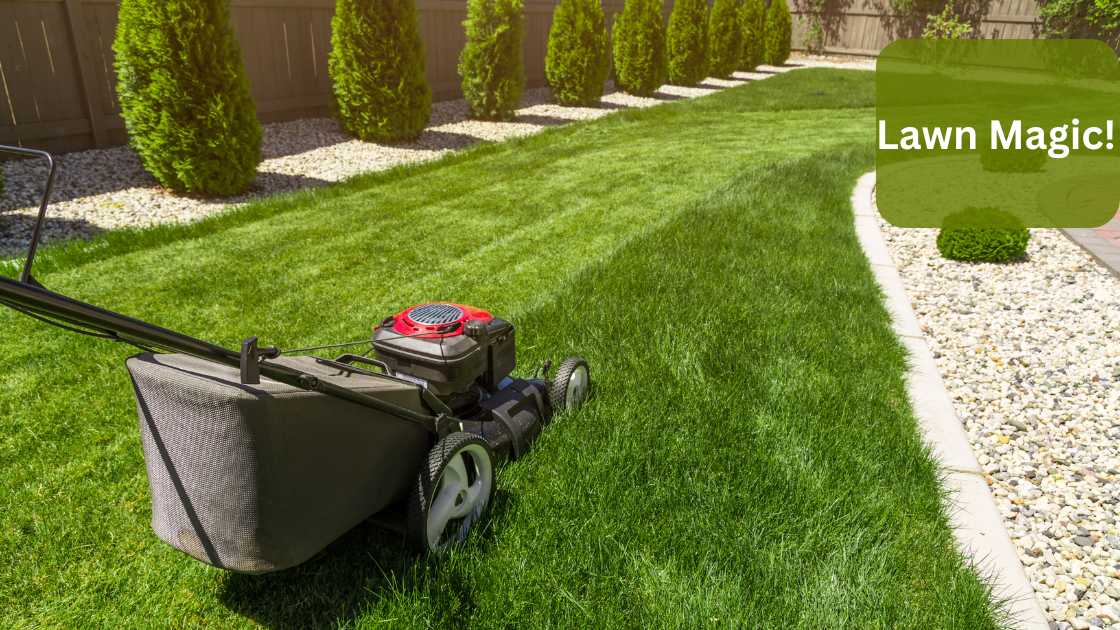
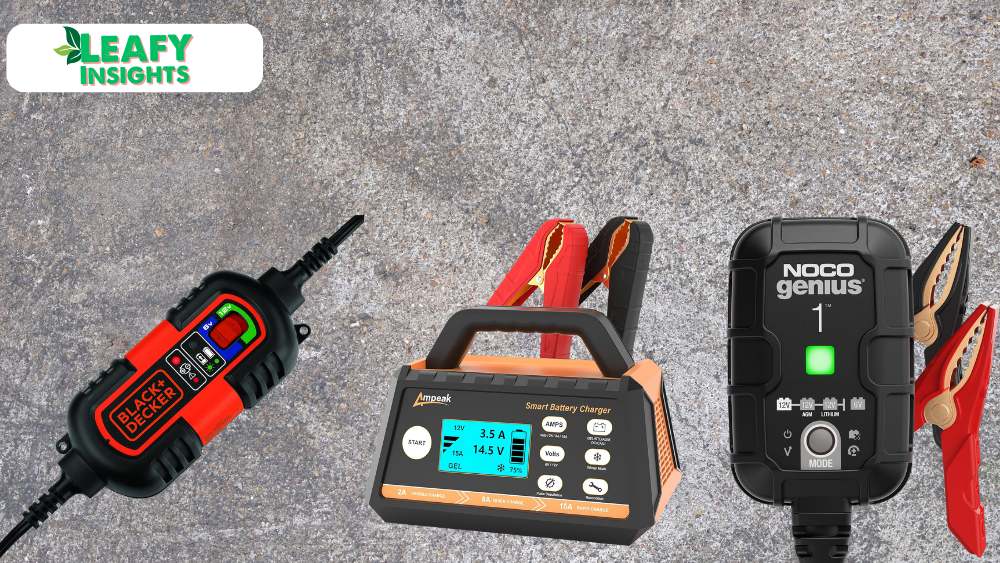
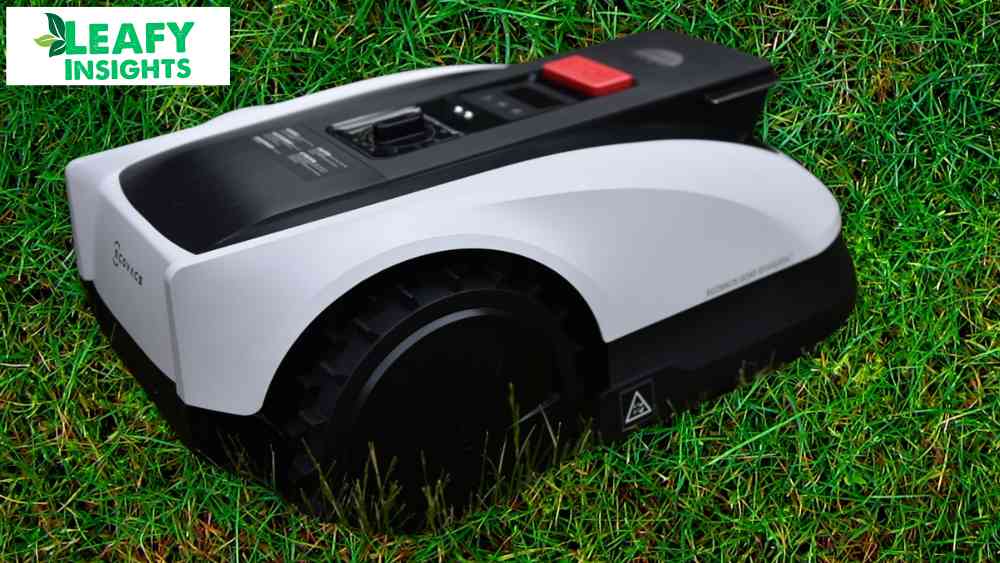
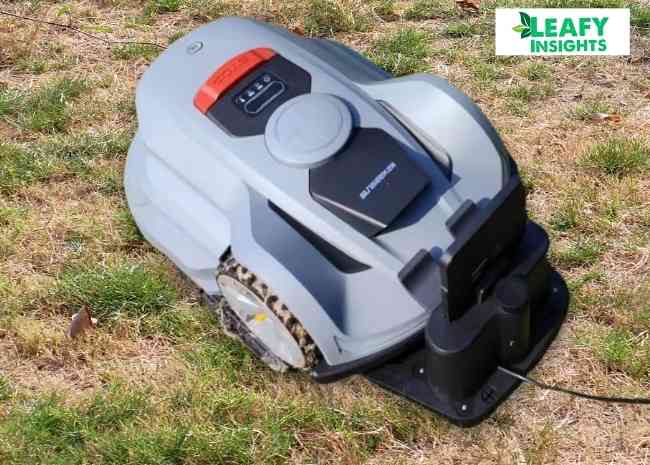
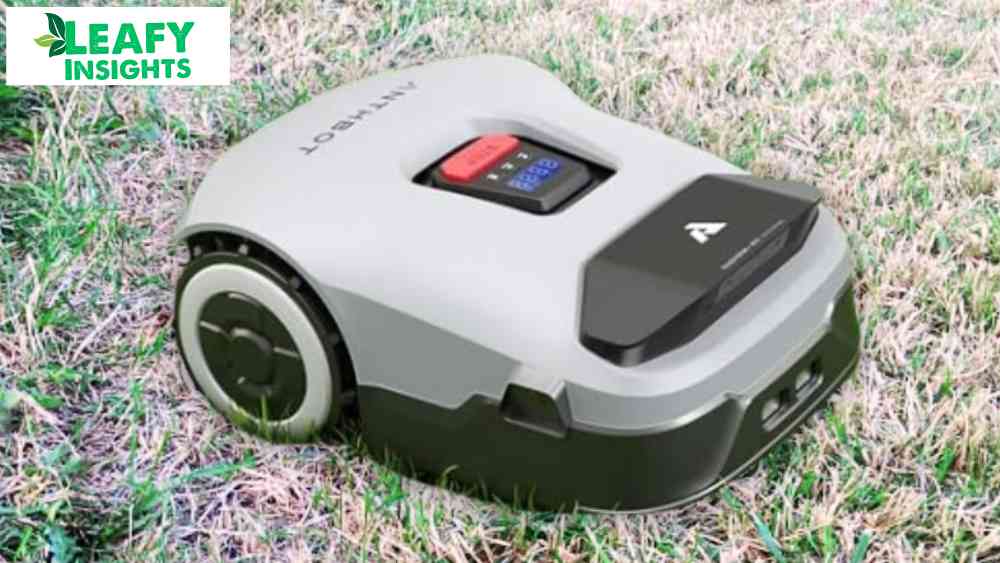
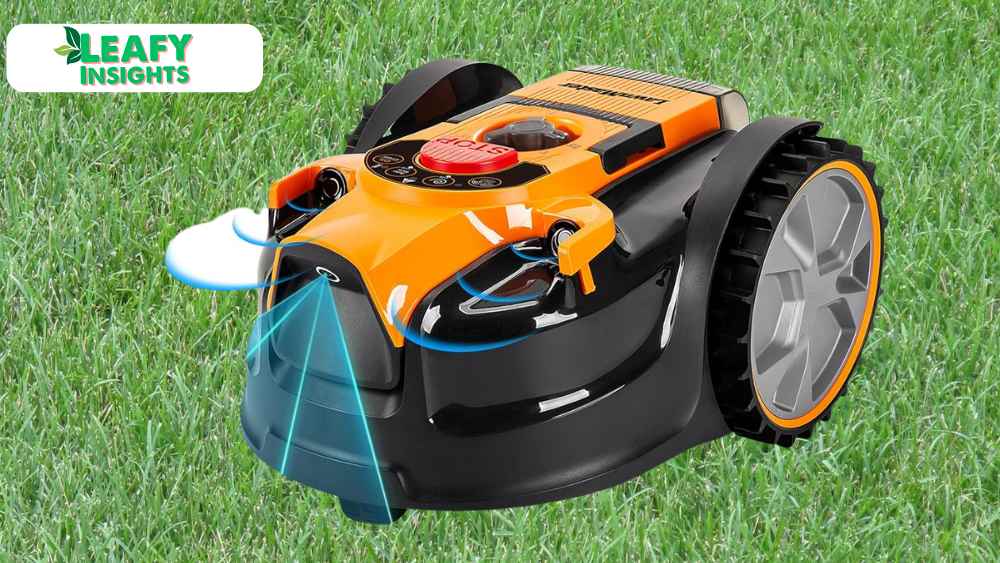

Leave a Reply